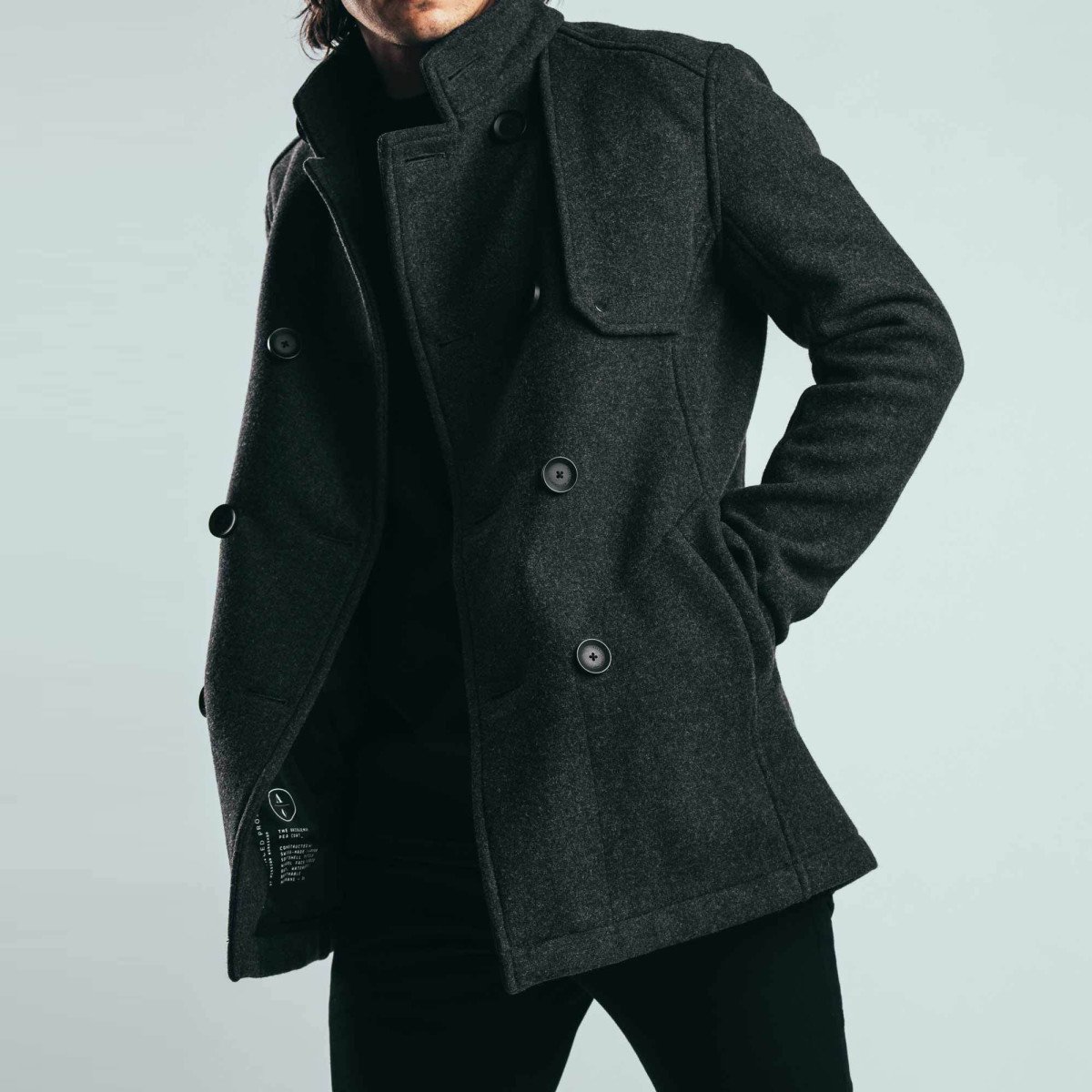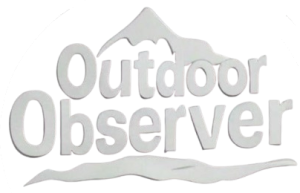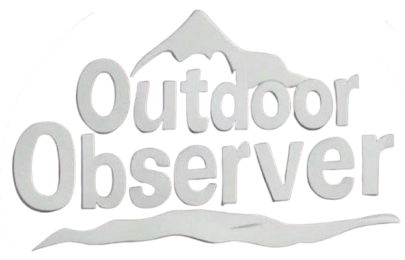This Content Is Only For Subscribers
In the outdoor gear world, fashion and function rarely meet at the same table. But when they do, the results can redefine how we think about performance apparel. That’s the case with Mission Workshop’s Westward Peacoat, a modern take on a classic silhouette, backed by serious technical pedigree.
This is not the wool coat your grandfather wore. Beneath its tailored exterior lies a high-performance barrier against wind, rain, and winter’s worst, making it a standout piece in the growing category of urban-outdoor hybrid gear.

At the heart of the Westward peacoat is Schoeller WB-400, a Swiss-engineered three-layer softshell fabric. Unlike traditional outerwear materials that layer waterproof membranes over a stiff exterior, WB-400 is designed from the start to be elastic, breathable, and weather-resistant — a rare trifecta.
Windproofing: The outer shell forms a dense weave that resists wind penetration, reducing convective heat loss in exposed conditions.
Water Resistance: While not fully waterproof like a hard shell, the coat’s durable water repellent (DWR) finish beads off light rain and snow, giving it all-weather versatility without the bulk.
Breathability: The real win comes in moisture management. As a softshell, WB-400 excels at allowing vapor to escape, meaning it stays comfortable even when you’re moving fast through city streets or transitioning from cold air to indoor spaces.
Inside, a micro-fleece lining adds low-profile insulation and next-to-skin softness, while the four-way stretch embedded in the fabric supports natural movement — a feature often absent in traditional outerwear.
Senior outdoor enthusiasts familiar with harsh conditions are often skeptical of anything that claims to do it all. But early adopters of the Westward peacoat have offered surprisingly consistent praise.
“It’s one of the few pieces that handles my city commute and still feels like it could take a storm on the coast,” says James, a longtime coastal hiker and outdoor photographer from the Pacific Northwest. “Most jackets sacrifice either style or real protection — this one doesn’t.”
The structured cut of the coat nods to its military heritage, while concealed zippers, storm flaps, and internal pockets offer modern utility. Unlike many technical shells, this is gear that can pass in professional settings — and for older outdoor veterans, function that doesn’t scream ‘mountain wear’ is a welcome change.
Testing in shoulder-season conditions — cold winds, intermittent rain, and temperatures in the 40s — confirms the peacoat’s promise. It’s warm enough for active use down to freezing, without needing an insulating layer, and can pair easily with a lightweight midlayer for more static use.
The fit is athletic but forgiving, allowing for a wide range of body types. The coat holds up well under a loaded commuter backpack, and its abrasion resistance is comparable to dedicated softshell alpine jackets.
While it doesn’t replace a technical alpine parka in extreme backcountry situations, the Westward peacoat fills a gap that many outdoor veterans have long tried to patch together — a garment that moves with you, shields you from the elements, and still looks sharp at the end of the day.
Its price point reflects the quality of materials and construction, but for users who live between mountain and metropolis, the investment seems to justify itself. “It’s the jacket I didn’t know I needed until I wore it,” says Marie, a seasoned bike commuter and gear tester. “Now I don’t want to take it off.”
The Westward peacoat may not be revolutionary in the world of technical gear, but it’s a refined evolution of what outdoor apparel can be — smart, stylish, and genuinely useful. For those who believe that form should never come at the expense of function, Mission Workshop has made a strong case for both.



